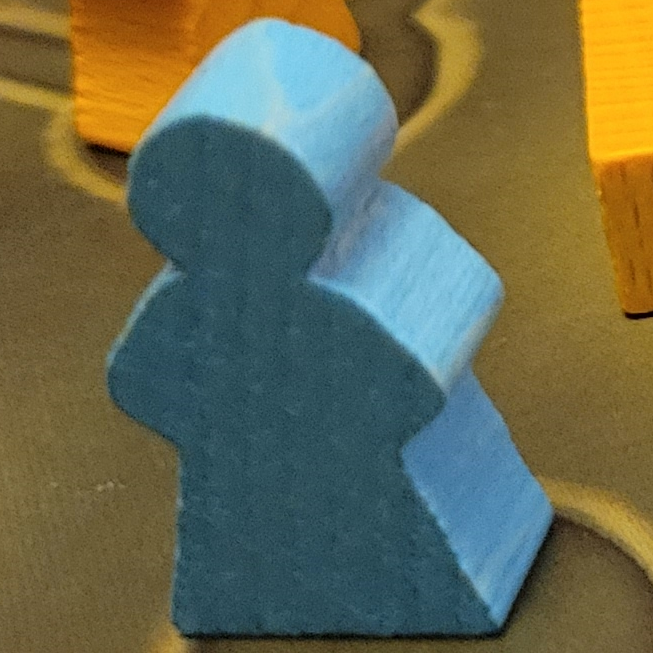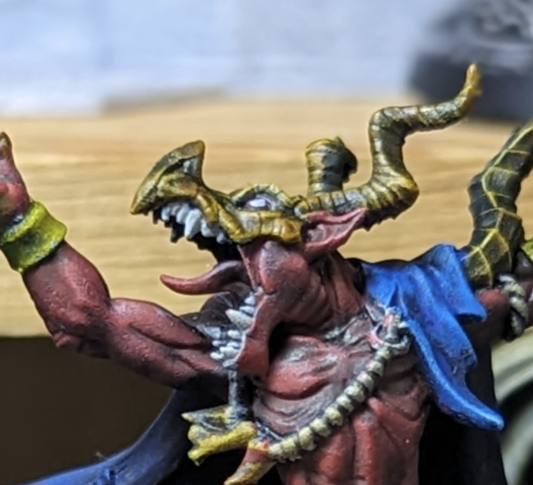

I’ve of my favorite mechanics comes from Unearth, specifically their catch-up/bad luck mitigating mechanic.
In a game where the goal is to have the winning die on a ruin as a cumulative threshold is reached, any dice rolled under 3 nets you a stone, which can be used to build you own ruins.
Roll poorly enough and you won’t fall too far behind. Have the worst rolls every time and there’s a good chance you can win without actually capturing a single ruin card.
















That looks like a band-it strap puller/tightener.
I forget what the actual name is, but it can latch onto a metal strip and pull it tight around some digs to keep boxes and canisters in place, or to hold a strong back repair plate on a damaged pipe